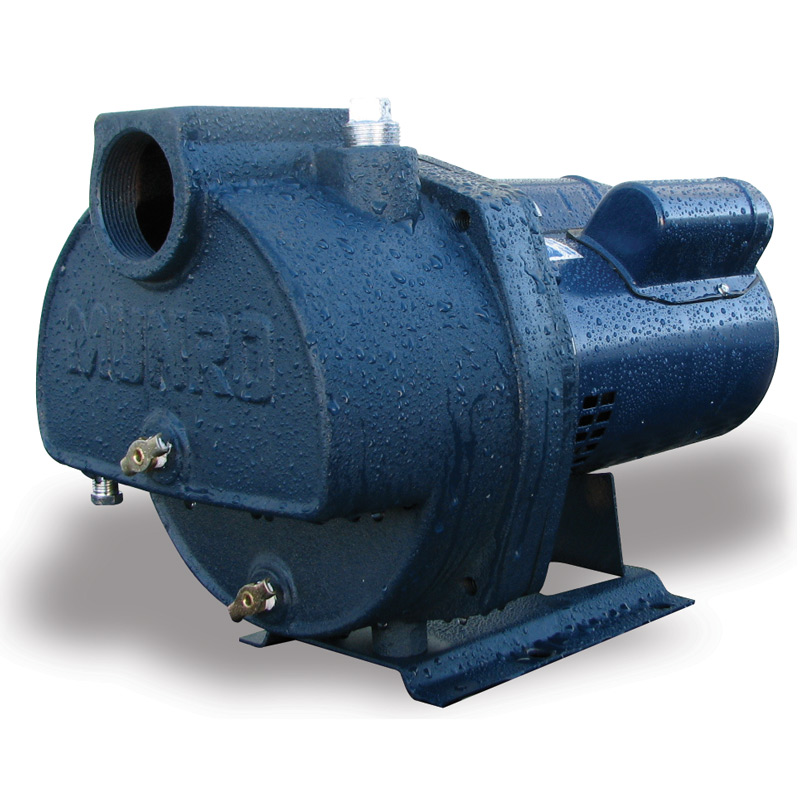Whether you’re starting your pump for the first time this season, or you’re a pump service pro, these handy tips will help you resolve most common issues. And remember, if you need help, the Ewing Pump Hotline is just a phone call away: 1-844-PUMP-PRO!
Evaluate the System
- Have there been any changes to the system environment?
- New fencing? Could be possible damage to pipework.
- Added zones? The pump may now be undersized.
- Aeration or animals? Possible damage to sprinkler heads or pipework.
- Water source? There may be lower water levels than usual.
- Look for obvious problem areas
- Leaking from case or seal area
- Cracked or worn components
- Clogged filters or screens
- Damaged gaskets in camlocks and o-rings
Determine the Primary Issue
- “My pump is running, but the sprinklers are not acting normal.”
This is a reduced performance issue and is often the result of a change to the system environment. If nothing in the environment has changed, it’s time to check the valves for proper positioning, check strainers for clogs, and check for suction leaks.
 Wrap plastic wrap tightly around a potential air leak path (union joint or cam fitting), turn pump on. If an air leak exists, the plastic wrap will tighten to the area.
Wrap plastic wrap tightly around a potential air leak path (union joint or cam fitting), turn pump on. If an air leak exists, the plastic wrap will tighten to the area.
Tip: Try wrapping plastic wrap around piping, fittings or valves to check for air leaks – if there’s a leak, the plastic will tighten.
- “The pump is running, but there is no water coming out.”
Once you’ve made sure that the pump is primed, this can be the result of a number of different issues. A valve that’s not open, a clog in a strainer, a suction leak or a damaged or worn seal or case can cause problems. Start with a good inspection of the suction components, where a majority of pump issues occur.
- “The water comes out, then goes away. Then it comes out...”
This is an indication of surges or flow cycles. Check the suction side of the pump first, starting at the water source. Sometimes surging is observed when a foot valve is not fully submersed or is blocked by debris.
- “The motor just sits there and hums.”
 While the motor is running, use a voltmeter to determine if line voltage getting to the motor is the same as indicated leaving the breaker box.
While the motor is running, use a voltmeter to determine if line voltage getting to the motor is the same as indicated leaving the breaker box.
In this instance, your shaft and impeller may not be spinning freely. Check that first by inserting a wrench in the wrench slot and rotating the motor shaft. If you cannot break the shaft free, you may need to take the pump apart to clean it. However, this can also be a voltage issue, which can be tested with a voltmeter.
- “When I turn the pump on, nothing happens.”
First make sure that the breaker is turned on and the pump is plugged in. It’s happened to the best of us! This could also be a voltage issue, in which case it’s best to call an electrician to troubleshoot or take the pump to a repair shop.
- “The pump runs for a little while, and then stops and starts again.”
When the motor is cycling, the issue can be an electrical problem, the pump controller (pump start relay), or possibly a float or manual on/off switch. If you are cannot find the issue there, you will likely need assistance from an electrician or repair facility.
Safety Precautions
- When using any tool, refer to the manufacturer’s guidelines for proper use.
- ALWAYS turn the breaker off to work on a pump. Some troubleshooting checks require the pump to be energized, so be sure the area is secure prior to the task. Be sure to turn the breaker off again if problem persists.
- NEVER examine, make wiring changes, or touch the motor before disconnecting the electrical supply. Thermal overload protectors automatically reset and can close the electrical circuit without warning.
 For more in-depth troubleshooting information for centrifugal pumps and pump controls, check out Munro’s troubleshooting guide in English and Spanish.
For more in-depth troubleshooting information for centrifugal pumps and pump controls, check out Munro’s troubleshooting guide in English and Spanish.
When you have issues with your irrigation project, Ewing is here to help! Call the Ewing Pump Hotline for troubleshooting and product selection assistance at 1-844-PUMP-PRO.





